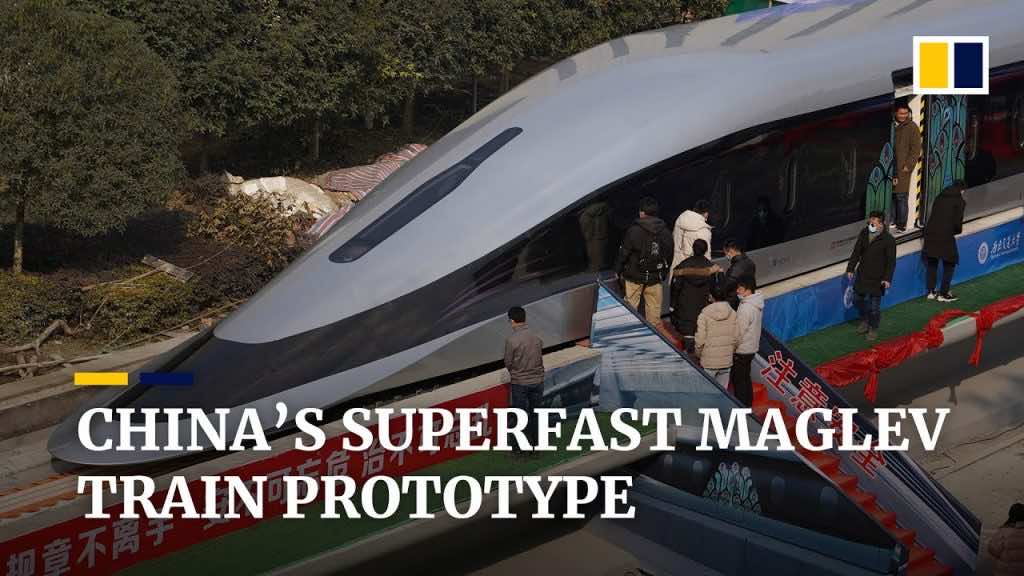Japan’s Chuo Shinkansen was at the top with 374 mph, but both maglev trains face severe challenges.
Engineers in China uncovered a cutting-edge design maglev train, which could foreshadow an economical and considerably faster transportation approach as per the developers. This will use magnetic levitation trains able to venture at the speed of aircraft. All these claims were initially made in an initial report from the South China Morning Post.
China Reveals 400-mph ‘Super Bullet’ Maglev Train
The researchers working on the project are from Southwest Jiaotong University, located in Chengdu’s Chinese city. They showed some new limits in pushing off the ‘Maglev Train’ on a 540-feet test track.
The train was designed to speed up to 385 mph, and now the researchers and engineers are positive that their developed new design will reach a max speed of 497 mph with ease. This new Maglev design is important in building Beijing’s fast infrastructural connections between cities.
One key and notable difference between the Japanese record holder train from 2015 and the newly built Chinese Maglev train is that the new one can levitate from a standstill. The previous Japanese version of the Maglev train had to accelerate before achieving the levitation.
Maglev Trains (Super Magnets Technology)
Maglev technology is key to these trains as they use superconductor magnets with which these trains can levitate about 3.9 inches above the track while magnets push them forward at a swift speed.
Superconductivity takes place when electrical resistance reaches a zero state when kept at low temperatures. Chua Shinkansen, Japan’s maglev line, uses liquid helium to cool it down at -452°F. This is essential for superconductivity, as explained by the engineers.
Zigang said, “Liquid helium is very expensive. Here we achieve superconductivity at a slightly higher temperature by using liquid nitrogen, and that brings down the cost to one-fiftieth.”
Managing Costly Maglev Technology
As we all can know, such a high speed doesn’t come at a low cost. Liquid nitrogen comes at roughly $38.65 million for each kilometer of rail track. This price is supposed to drop substantially if this technology gains much wider development in the coming years.
The key engineer of the research team behind China’s super-fast train Wu Zili said, “the estimated cost of constructing a new maglev line would fall between $38.65 million (250 million yuan) and $46.42 million (300 million yuan) — considerably more than the $30.95 (200 million yuan) per kilometer cost of high-speed rail.”
More long-range real-world tests in store for maglevs
These maglev train cars are lighter in weight. Hence it would cost less to build links. The latest Chinese prototype consists partially of carbon fiber and is about half the traditional high-speed trains’ weight. The new technology will be tested on a more lengthy track soon, which might determine the new speed record for these Maglev trains.

